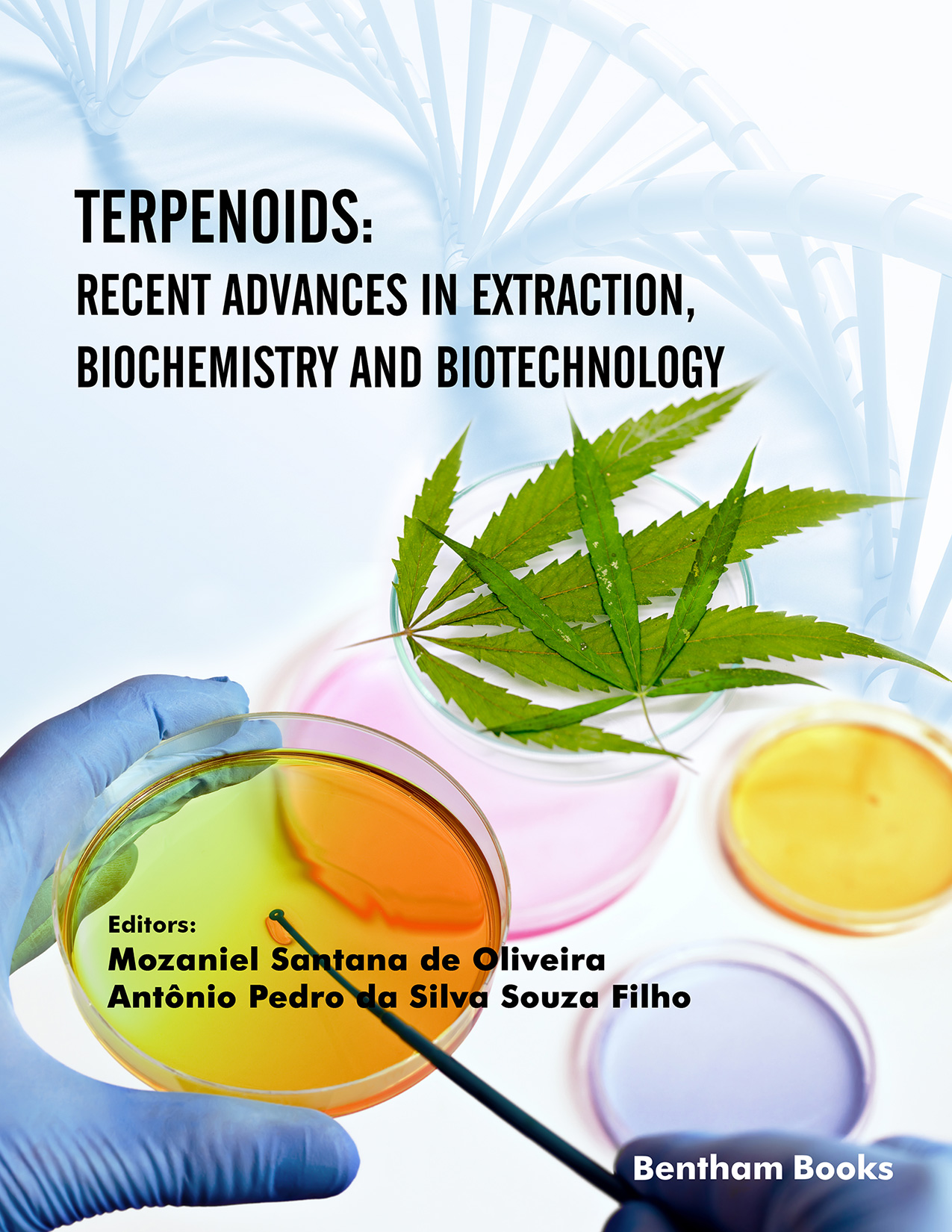In natural systems, such as forest areas, and in artificial systems, such as agroecosystems, different types of interactions can occur, promoting changes in the dynamics and density of components, favoring certain components, or harming others. Many of these interactions are due to competition for factors that are essential for the survival of each component, and in others, the interactions are mediated by chemical compounds released by different components in the environment. Plant-plant, plant-fungal, and plant-insect interactions, among others, are good examples of chemical interactions.
Although only in the recent past have significant advances in this area made it possible to understand the real possibilities that this knowledge represented in practical terms for the consolidation of agriculture aimed at meeting the demands of society, the perception of the occurrence of these interactions dates back to a very remote time. Over the years, teams of researchers focused on the subject, and the implementation of properly equipped laboratories enabled the development of research projects that resulted in a substantial accumulation of information on the chemical classes involved in the process and the components of each class.
As new equipment was made available and incorporated into existing laboratories, other laboratories were set up around the world, especially in countries with little tradition in science. In the wake of this process, other researchers were joining the groups already formed, boosting the research even more. As a result of these efforts, several chemicals were isolated and their biological activities identified. Among these studies, the class of terpenoids deserves to be highlighted, representing the group with the largest number of components and the greatest range of activity for the control of weeds, insects, and fungi, among others.
Terpenoids are composed of various chemicals with different polarities, which include both essential oils, formed by monoterpenes, diterpenes, sesquiterpenes, hydrocarbons, and triterpenes, and terpenes and tetranorterpenoids. Transforming available information about this class into a finished product to fight pests and diseases is a challenge that has been overcome.
ACKNOWLEDGEMENTS
We would like to thank the authors who responded positively, to the challenge that represented the elaboration of the present Book, contributing with its knowledge and experience accumulated over time.
We are grateful to the author, Dr. Mozaniel Santana de Oliveira and would like to give special thanks to PCI-MCTIC/MPEG, as well as CNPq for the scholarship (process number 302050/2021-3).
Dedication
To the dream that inhabits in everyone's heart, those who propose to offer alternatives to the cravings of society.
The author Dr. Mozaniel de Oliveira dedicates this work to his parents and Maria and Manoel de Oliveira and wife Joyce Fontes.
Antônio Pedro da Silva Souza Filho
Embrapa – Belém,
Pará, Brazil

